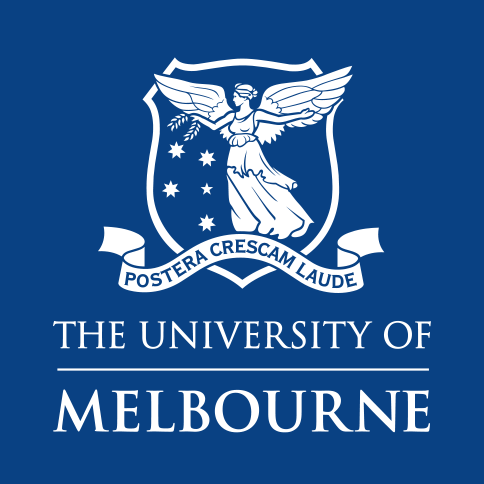Suburban peripheries have historically played a more central role in the public imagination and development process of cities than they are given credit for. The suburbs have been more ‘urban(ised)’ than their label implies. Stereotypes of the Anglo-American suburb as an exclusively residential space are misplaced. Moreover, perceptions that suburbia is a peripheral space in terms of its social, economic, cultural and/or political character fails to recognise the diversity of populations, housing morphologies, densities, infrastructures, amenities and industries that exist out there.
Suburban peripheries have been central to the expansion of cities from medieval times, through the industrial era, and with new towns of the modern era. The challenge of the present century will be one of the reworking, retrofitting and regenerating suburbs, especially since policymakers have often neglected the opportunities to generate meaningful centralities across the urban periphery.
Architects, planners and geographers have identified future possibilities to retrofit suburbs with greater density, walkability and, ultimately, urbanity, paving the way for a new era of suburbanisation and suburbanisms. Apart from their physical manifestation, peripheral centralities crystallize extant and shifting distributions of power – social, political and economic - in society, conflicts over the best use of land, alternative private, public and public-private modes of development and financing that lie at the heart of analytical and normative questions typically addressed in the field of urban studies.
Peripheral centralities have re-entered the public imagination in the form of corporate, university and science city campuses, edge cities, airports, mega-shopping malls, and distribution centres for online retailers. Over the last year, the COVID-19 pandemic has led scholars, practitioners and the media to speculate about the demise of the CBD and the rise of suburbanism as people seek sanctuary in peripheral spaces.
This seminar series is hosted by Professor Nicholas Phelps (University of Melbourne), Dr Paul J. Maginn (University of Western Australia), and Professor Roger Keil (York University) and is made possible by the support of the Urban Studies Foundation.
The seminar series brings together a multidisciplinary mix of scholars and practitioners including urban historians, sociologists, geographers, planners, architects, urban designers and property developers to consider the meaning, form, dynamics and significance of peripheral centralities within an era of global extended urbanisation. It does this via four key themed sessions:
-
Seminar 1: Peripheral Centralities - Lost and Past
September 23 and 24 2021, Online - Hosted by the University of Melbourne
-
Seminar 2: Peripheral Centralities - Politics, Policy & Practice
16 Nov 2021, Melbourne, Australia
-
Seminar 3: Peripheral Centralities - Present and Planned
York University, Toronto | Room 519 Kaneff | November 1-2, 2022
Online | December 15, 2022 -
Seminar 4: Peripheral Centralities – Centering (Sub)Urban Analyses: A PhD/ECR Workshop
Nov/Dec 2022 – Melbourne, Australia
+ Easily find the exact time difference with the Visual Timetable
+ Link to the Event Page
Peripheral Centralities: Lost, Past, Present and Future is hosted by Professor Nicholas Phelps (The University of Melbourne), Dr. Paul J. Maginn (University of Western Australia), and Professor Roger Keil (York University).
Hosted by



Supported by
The Urban Studies Foundation is a charitable organisation that provides grant funding to advance academic research and education in the field of urban studies.
